Disclaimer: As a Chewy and Amazon affiliate, I earn from qualifying purchases. This does not impact our reviews and comparisons.
4 ways to stop your cat dry heaving:
- Brushing to remove excess hair and fleas
- Flea and worming treatment
- Low fiber diet
- Reducing boredom and stress
Speak to your vet for solutions. There are many reasons cats dry heave.
In this article I’ll walk through why cats dry heave and the solutions based on research.
I am not a veterinarian and I recommend seeking the advice of a vet for any further questions relating to your cat’s health.
Let’s go:
4 Reasons Your Cat Is Dry Heaving
4 reasons for dry heaving in cats:
- Hairballs
- Nausea (feeling sick)
- Parasites
- Stress
Dry heaving is when your cat is attempting to vomit by coughing and gagging.
Despite the name, hairballs are cylindrical in appearance, taking the shape of the esophagus.
Many cats will dry heave if they have a hairball or eat too quickly. Vomiting more than once a month is a sign of a problem.
More:
Hairballs
If cats groom too often, hair can build up in their gut.
Some cats may retch as often as once a week to remove hairballs. Most of the hair passes through a cat without harm.
Hair is made of keratin, a tough protein that resists digestion.
Call a vet if:
- Your cat refuses to eat
- Your cat is dry heaving without hairballs for multiple days
It is possible your cat has a complete blockage from a foreign body they can’t cough up.
Nausea
Like humans, cats can experience nausea on rare occasions.
Reasons:
- Food poisoning from spoiled food
- Food intolerances
Wet food spoils faster if left out for too long.
Many foods are poisonous for cats and cause dry heaving and vomiting. Plant based foods are harder for cats to digest.
Cats with gastroenteritis have symptoms that include:
- Abdominal pain
- Dry heaving
- Vomiting
- Diarrhea
- Coughing
- Lethargy
Sickness is also a possible sign of serious medical issues such as:
- Liver disease
- Kidney disease
- Cancer
In the case of liver disease, this problem leads to symptoms that include:
- Pale gums
- Increased thirst
- Head pressing
- Jaundice
Call a vet if the problem lasts more than 2 days.
Learn More:
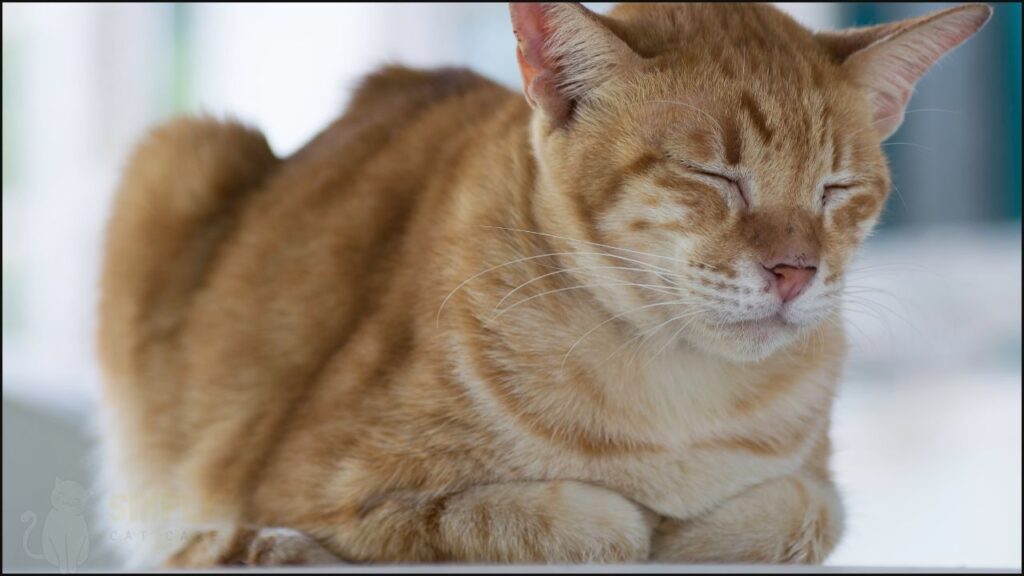
Parasites
Parasites include worms and other single-celled organisms.
The symptoms of parasitic infection include (among dry heaving):
- Vomiting
- Diarrhea
- Coughing
- Itchiness around the anal region
- Pale gums
- Distended abdomen
Parasites are found in the environment.
Common sources include:
- Fleas
- Feces
- Pests (e.g. rodents, snails)
- Other cats
Call a vet if:
- Pale gums
- Distended abdomen
- Coughing
- Frequent vomiting
- Frequent diarrhea
Your vet will run diagnostic tests which involve blood examination that help identify the cause of the problem.
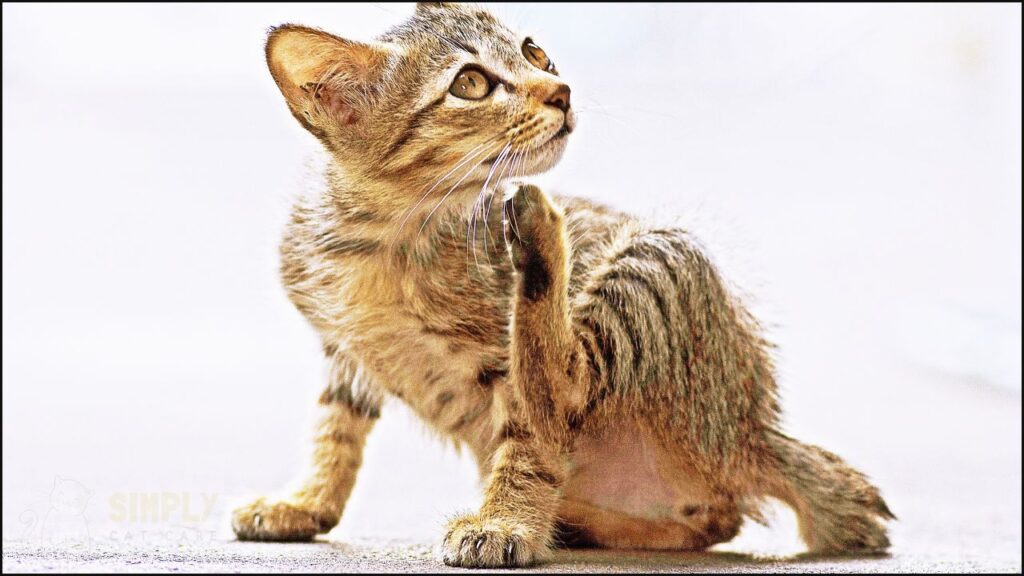
Stress
A cat dry heaving is sometimes a sign of stress from their environment.
Cats are susceptible to stress, just like humans.
Most cats enjoy:
- Predictable routines
- Opportunities for play (e.g. trees, toys)
- Consistent feeding
- Quiet spaces
- Space
- A clean litter tray
- Not being mishandled (e.g. children)
Research finds a predictable including play can decrease the risk of feline interstitial cystitis.
This leads to a cat dry heaving and urinating frequently.
Learn More:
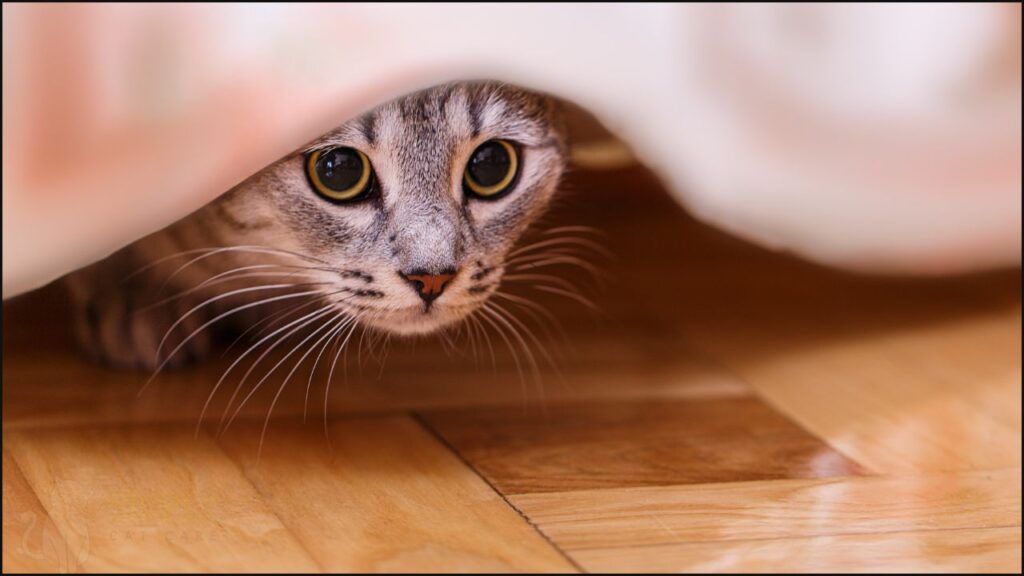
4 Ways to Stop a Cat Dry Heaving
Here’s the 4 best ways to stop your cat dry heaving.
- Brushing to remove excess hair and fleas
- Flea and worming treatment
- Switch up diet
- Reducing boredom and stress
These strategies are preventative for dry heaving in cats.
The best thing to do for dry heaving is to see a vet. They will help find the best treatment.
Here’s what to do:
Brushing
This removes excess dead hair and skin.
Cats have to groom as it’s their way of cleaning themselves, which is normal.
However, a cat may just groom too much. Long hair cats are at most risk.
How to brush your cat?
Use a small treat to reward your cat for being calm and enjoying their brushing.
You need the right type of brush for your cat’s coat length.
For short-haired cats, the following types of brushes work well:
- Flea comb (fine toothed)
- Soft slicker brushes
- Grooming gloves
For long-haired cats, you may need to try the following:
- Flea comb (wide toothed)
- Harder bristled brushes
Remember:
Bring brush to cat, not cat to brush.
Dragging around your cat is stressful, so it’s better to go to where they are.
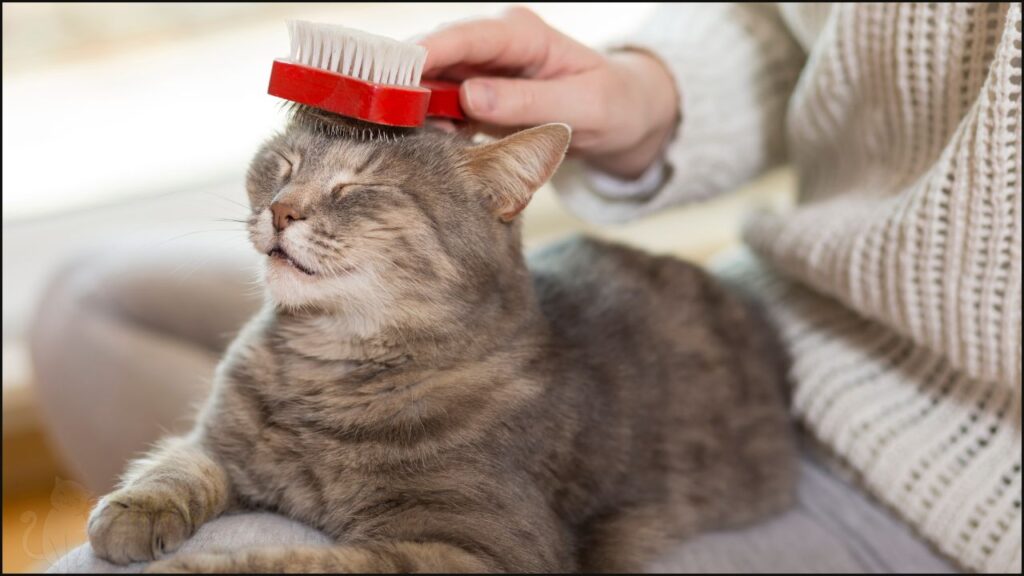
Parasite Treatment
Be proactive with flea & worming treatment to prevent parasites.
Strategies to prevent parasites:
- Regular vacuuming
- Washing pet bedding
- Dusting
- Cleaning all surfaces
- Daily litter tray cleaning
- Avoid outdoor pest exposure (e.g. snails)
Fleas are carriers of hookworm parasites.
Vacuuming and dusting help keep fleas under control.
The fleas live in dusty areas around the house and cleaning helps get rid of these nuisance pests.
Vets recommend deworming every three months to reduce infection risk. Provide your cat deworming treatment regardless of whether you suspect an infection or not.
Unclean litter trays are also a source of infection as well as outdoor pests.

Diet
Improving diet helps to stop your cat dry heaving.
Strategies include:
- Puzzle feeders to slow eating
- Smaller meal portions
- A feeding routine (stop overeating)
- Low fiber foods
- Avoiding food intolerances and allergies
Wild cats eat small meals throughout the day from small prey.
A cat’s intestines are less distensible and don’t tolerate high-volume foods as well as humans. A low fiber wet canned food helps reduce vomiting.
A puzzle feeder that gives smaller portions of food spread over the day and feeding your cat smaller meals help.
1-11% of cats have food intolerance. Common diet causes are wheat, barley, and gums.
Vets may suggest a food elimination diet if they can’t find a solution to your cats vomiting.
Alternatively you can try limited ingredient wet cat food to see if that helps in a pinch.
Learn More:
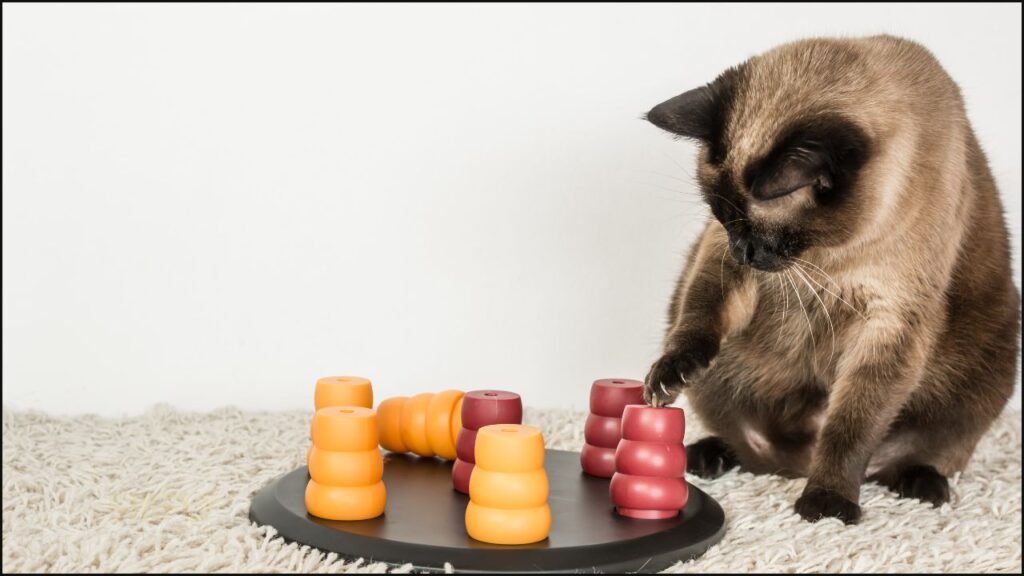
Cut Stress
Try a hiding box.
A simple box helps cut stress in cats, by giving them a place to hide.
Novel stimulation from toys, exploration areas (e.g. trees) also help reduce boredom and stress related vomiting.
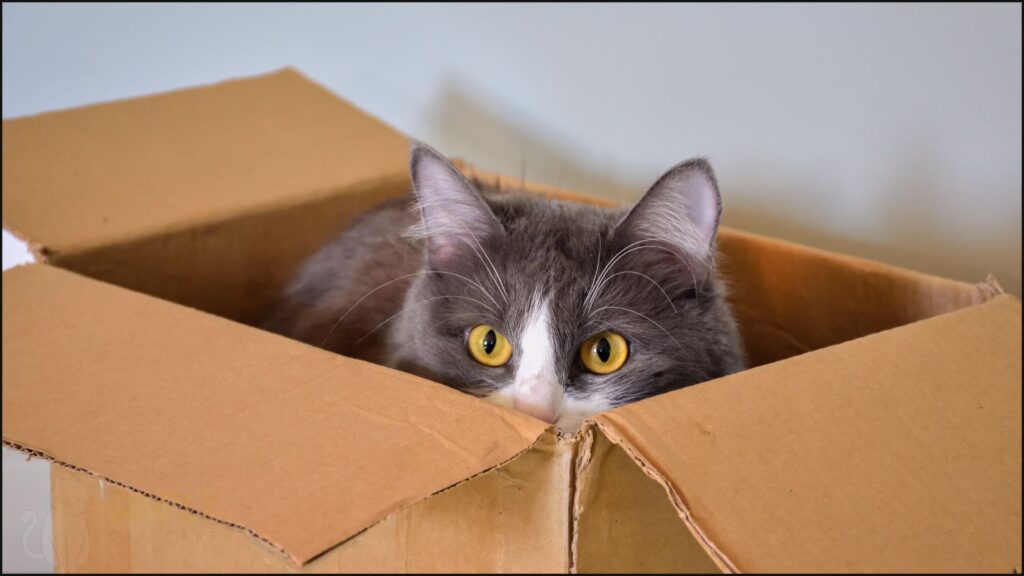
Conclusion
4 ways to stop dry heaving include:
- Brushing to remove excess hair and fleas
- Flea and worming treatment
- Improving diet
- Reducing boredom
If vomiting persists over 2-3 days see a vet.
